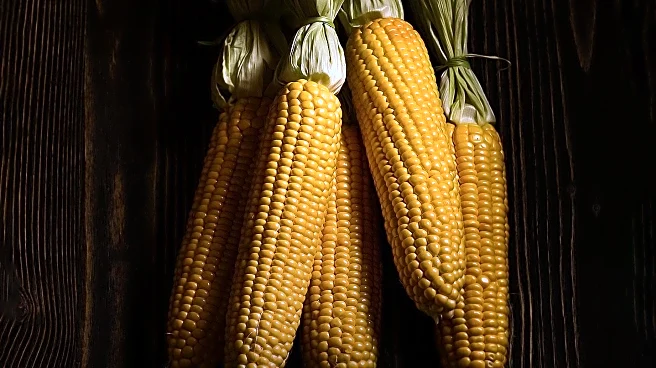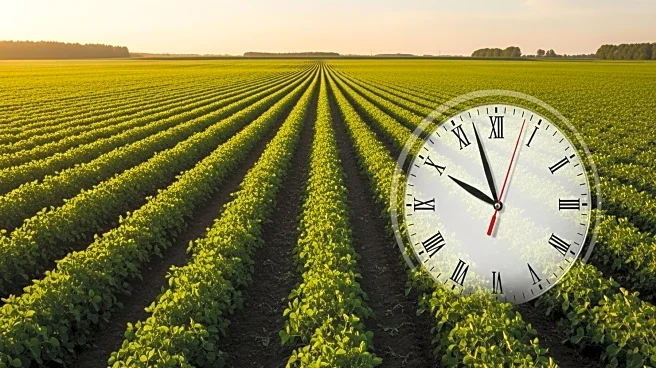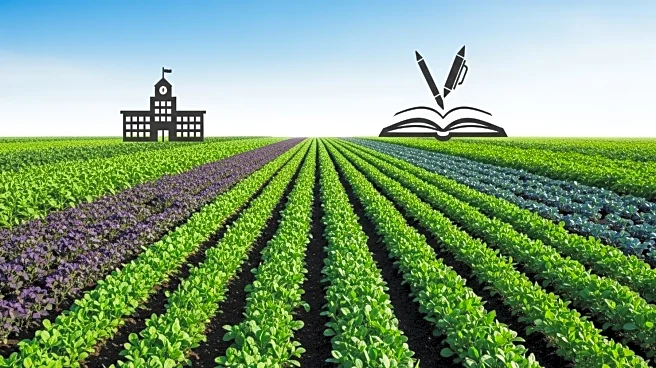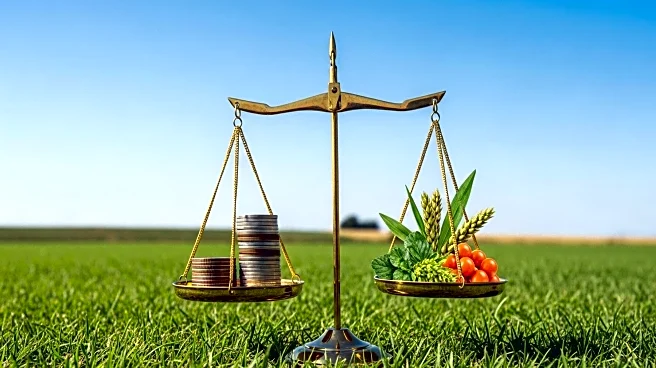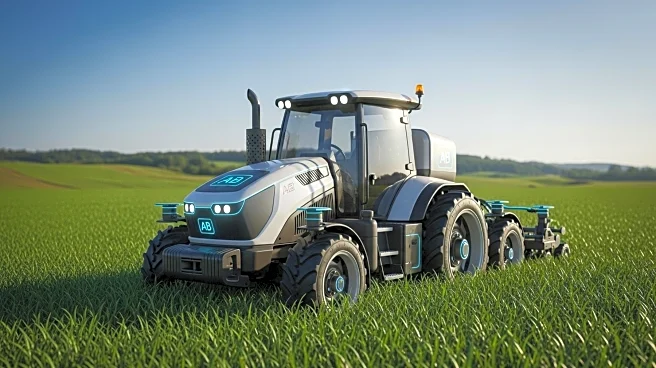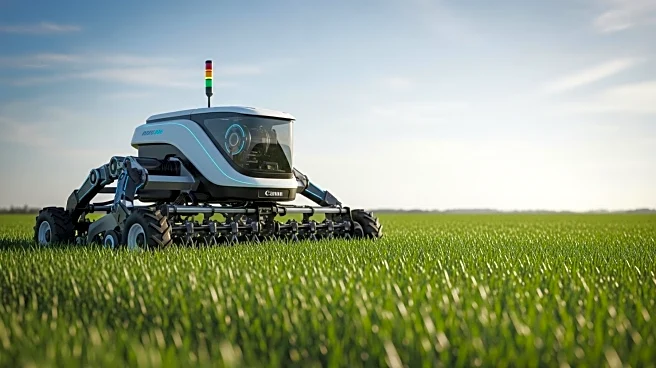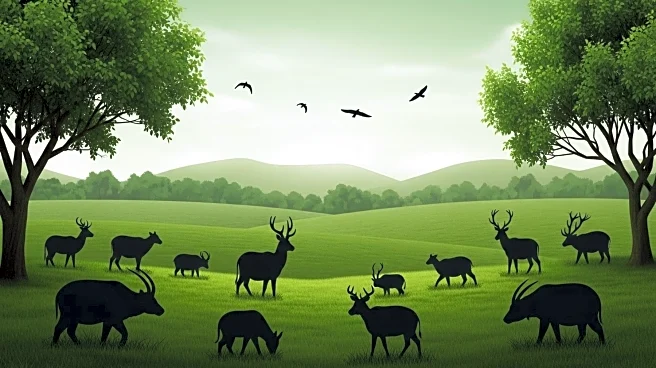What's Happening?
Farmers often face challenges when wildlife targets their sweetcorn crops, particularly during harvest time. According to insights from Becky McPeake, an Extension wildlife expert at the University of Arkansas, various animals such as birds, deer, raccoons, squirrels, and even black bears are known to damage sweetcorn. Each animal leaves distinct signs of their presence, which can help farmers identify the culprit. Birds tend to leave corn cobs with a 'firecracker look' due to pecking, while deer may bite off the tip of the cob or carry it away. Raccoons are known for knocking over stalks and stripping husks, whereas squirrels leave scattered corn pieces. Bears typically target the middle of the field, knocking down stalks but leaving most corn uneaten. Farmers can employ deterrents like electric fences, noises, scarecrows, or even duct tape to protect their crops.
Why It's Important?
Understanding the specific wildlife threats to sweetcorn is crucial for farmers aiming to protect their crops and maximize yields. Wildlife damage can lead to significant economic losses, especially if not managed effectively. By identifying the animal responsible, farmers can implement targeted strategies to mitigate damage. This knowledge is vital for maintaining the sustainability of farming operations and ensuring food security. Additionally, effective management of wildlife interactions with crops can contribute to better land stewardship and conservation efforts.
What's Next?
Farmers may consider adopting more advanced deterrent systems or exploring innovative solutions to protect their crops from wildlife. Collaboration with wildlife experts and agricultural extension services can provide additional insights and resources. As wildlife patterns and behaviors evolve, ongoing research and adaptation of strategies will be necessary to address these challenges effectively. Farmers might also explore community-based approaches to share successful tactics and collectively manage wildlife impacts.
Beyond the Headlines
The interaction between agriculture and wildlife raises broader questions about land use and conservation. Balancing the needs of farming with wildlife preservation is an ongoing challenge that requires thoughtful consideration of ecological impacts. Ethical considerations also arise in the methods used to deter wildlife, emphasizing the need for humane and environmentally friendly solutions. Long-term shifts in wildlife behavior due to climate change or habitat loss may further influence these dynamics.

